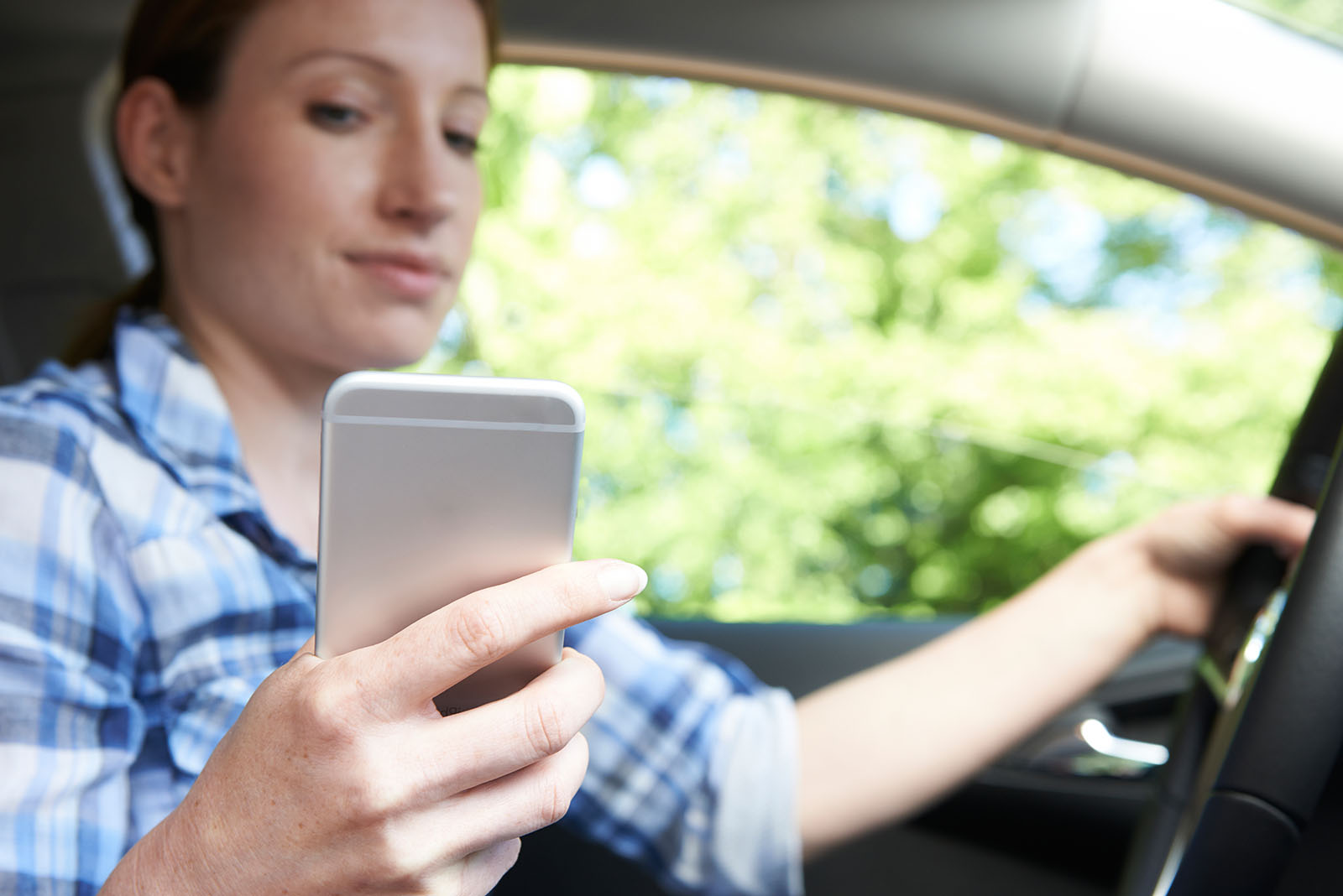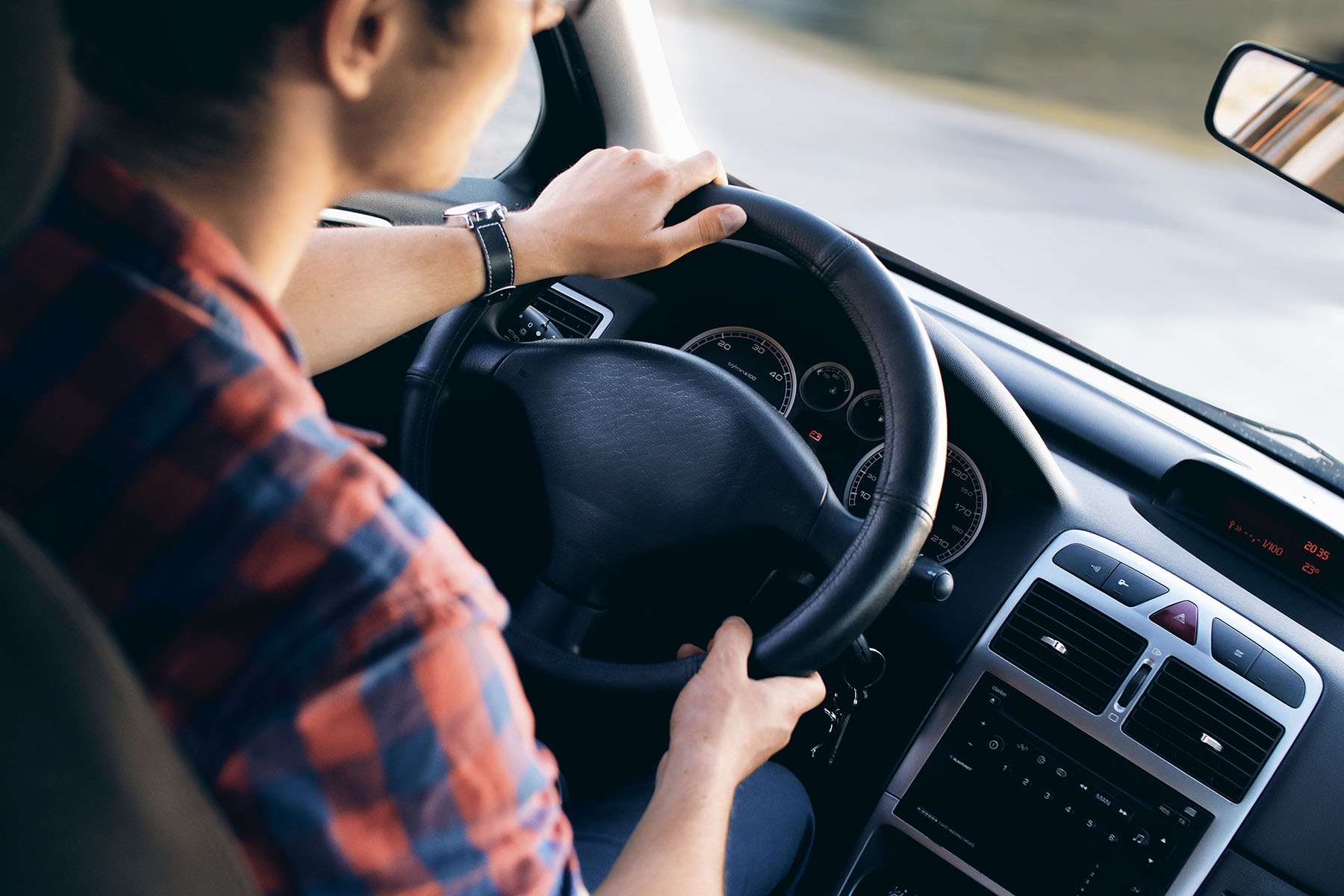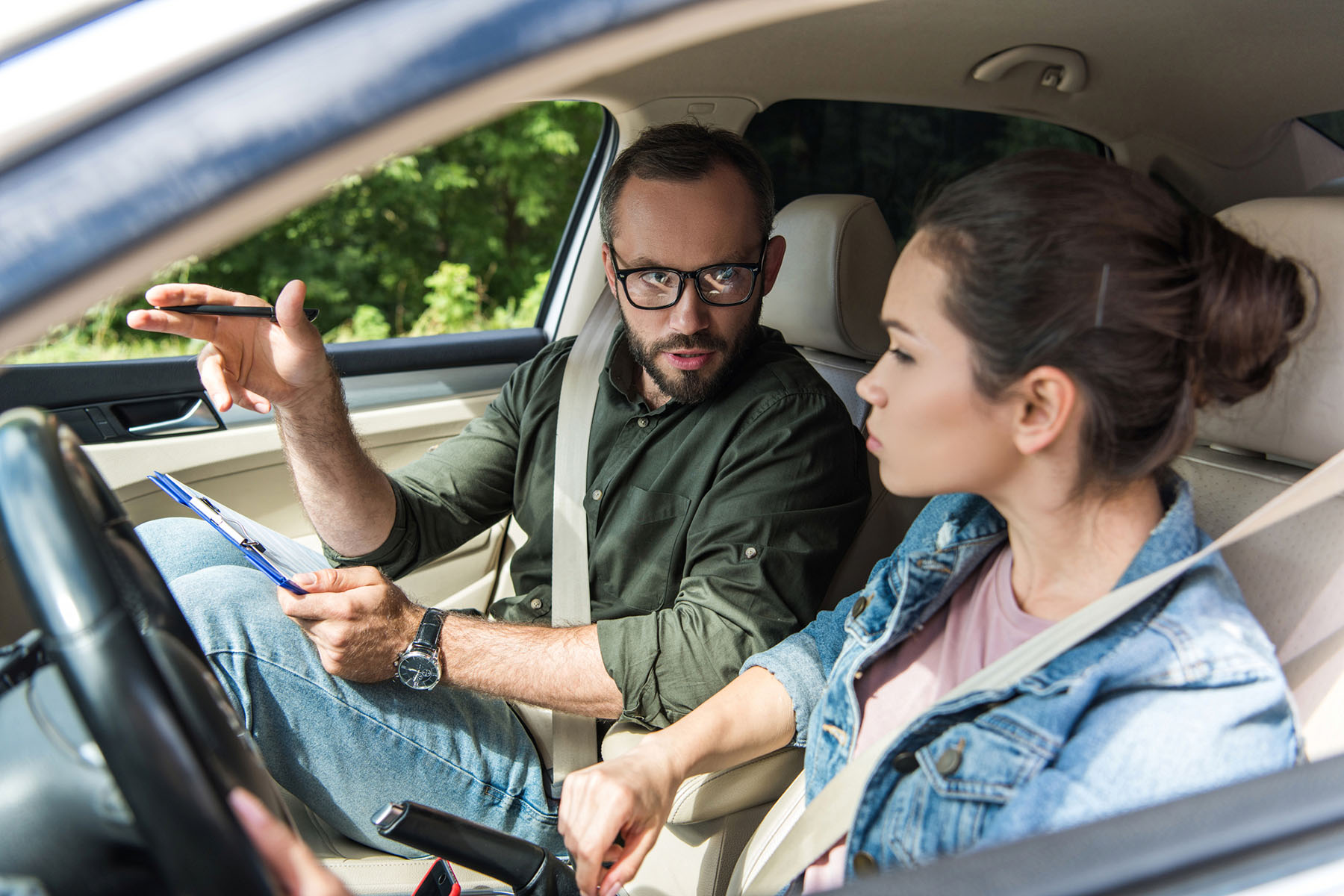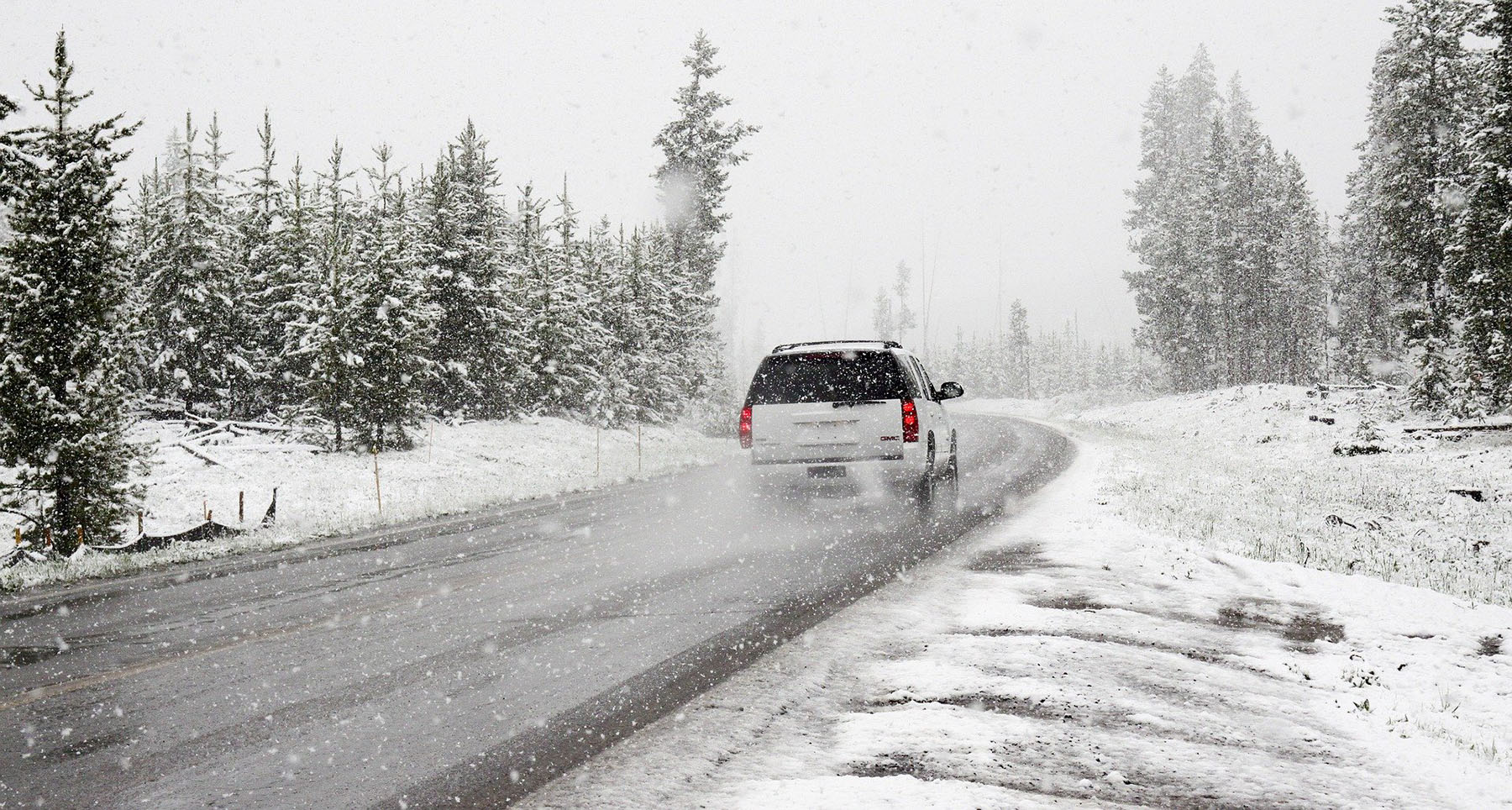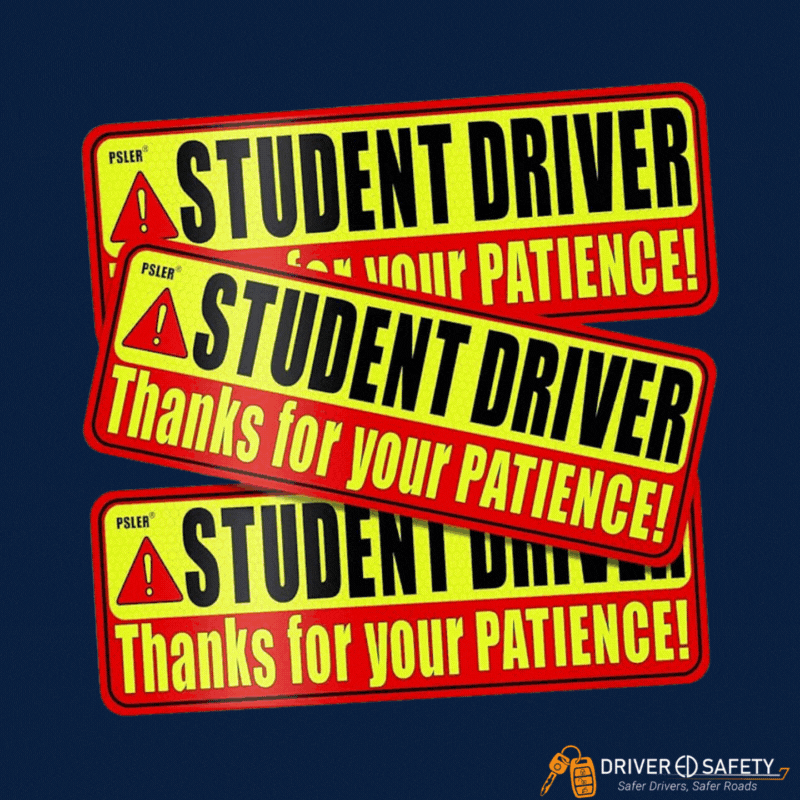
Summer seems like the perfect season to embark on a road trip—school is out, the snow and ice are long gone, and summer travels are in full effect. Before you pile all your closest friends into the car and start your engine, there are a few things you need to keep top of mind. Whether you’ll be driving for two hours or ten, you need to be prepared—mentally and physically—to have a successful trip. We’ll break down the basics of how to prepare here.
Inspect Your Car
In the summer, your car is prone to overheating. Go through a basic maintenance checklist at least a week out before your trip to plan for repairs or expenses you may not have anticipated.
We also recommend checking your tire condition prior to heading out on your trip. Usually, tires will deflate a bit in the cold months of winter (causing a lower PSI) and inflate in the summer heat (causing a higher PSI). Although this step is simple, it’s well worth it… because nobody wants an over-inflated tire prone to popping. Overall, if you’re questioning the condition of your vehicle, it’s best to get it checked out by a professional.
Pack for Emergency Situations
Every car needs an emergency kit. You truly never know when an emergency could pop up, and having an emergency kit handy and ready to use is absolutely invaluable. Most emergency supplies can be easily purchased at convenience stores, grocery stores, and auto supply stores. See our recommendations for what to pack here.
Fuel Up & Plan Your Route in Advance
When taking a road trip, it’s best to plan your route in advance. The roads and highways can be super unpredictable—think construction, road closures, accidents, or inclement weather. Fortunately, there are plenty of free mobile apps that can show you multiple ways to get from point A to point B, plus certain apps will show you different traffic patterns based on the time of day. Generally, you can predict bumper-to-bumper traffic on the main roads from 8-9 AM and 4-6 PM due to the folks that work 9 AM-5 PM.
When you plan your route in advance, you’re likely to be more comfortable behind the wheel because you have a better idea of direction and how to get to your destination.
If you’d like to take it a step further, try planning an entire trip itinerary in addition to the routes you’re taking. Mapping out a timeline of the drive gives the group a tentative schedule of what they can expect, like stops along the way, when to fill up on fuel, or when to swap out drivers when someone needs a break from driving.
Get Enough Sleep
Sleep is an essential part of your wellness. If you’re tired, your brain isn’t going to be mentally ready to take on the road. If you have a long trip ahead of you, communicate ahead of time with your group to ask if anyone else would be interested in taking turns driving. Just make sure that all drivers on the trip are caught up on sleep, haven’t taken any medications that cause drowsiness, and aren’t jet lagged. Avoid drowsy driving at all costs, and be sure to prioritize a quality night’s rest before your trip.
Beware of Highway Hypnosis
Have you ever zoned out so intensely behind the wheel that you don’t even remember how you got to your destination? This is a common phenomenon called highway hypnosis. Basically, highway hypnosis is being in a trance-like state behind the wheel, and many will feel as though they’re “going through the motions”—due to boredom, fatigue, sleepiness, and even monotonous roads.
To prevent highway hypnosis, know the warning signs and come up with a plan to shake it off. Typically, drivers will lose concentration or be in a mental fog, have wandering thoughts, have a slow reaction time, or begin to feel sleepy. If you catch yourself drifting into the next lane or hitting a rumble strip, consider pulling off safely and taking a break.
When you need to snap yourself out of highway hypnosis, there are plenty of tips you can try. If you’re sleepy, ask if someone else in the car would be willing to drive, and if you’re alone, grabbing a caffeinated drink can do the trick. If you want to continue on the route, you can talk or sing to keep yourself alert. Sometimes, highway hypnosis happens due to being in the same environment for too long, and if that’s the case, try blasting your AC, rolling down the windows, or turning on high-energy music to stay present and focused. Also, if you’re reliant on cruise control for long drives, you should turn it off as soon as you notice any signs of highway hypnosis. Driving with your own foot on the pedal will make you more present on the road.
Avoid Distractions
We all know that cellphone use is prohibited while driving here in Indiana, but there are still ways you can leverage technology without breaking the law. As mentioned, so many drivers are reliant on mobile apps for directions, but it’s best to type in the address to your destination before you put it in drive. Some drivers appreciate the extra assistance of verbal directions, and if you are prone to spacing out, it’s a good idea to turn those announcements on in advance.
Another common distraction is music streaming apps on cell phones. If you plan on streaming music, it’s best to set up a playlist in advance, so that when it’s time to depart, all you need to do is hit the play button. If you’re traveling with a group, it’s a fun idea to create a collaborative playlist so everyone can add songs to the session, too!
Basically, anything can be considered a distraction, but the bottom line is that you need to be mentally and physically prepared to embark on a road trip. That means you need to do some legwork in advance, like eating and sleeping well, mapping out your route, and double-checking that your car is in the right condition.
Start learning about the tools needed to drive in various scenarios today by registering for our Online Course or behind-the-wheel driving course.





